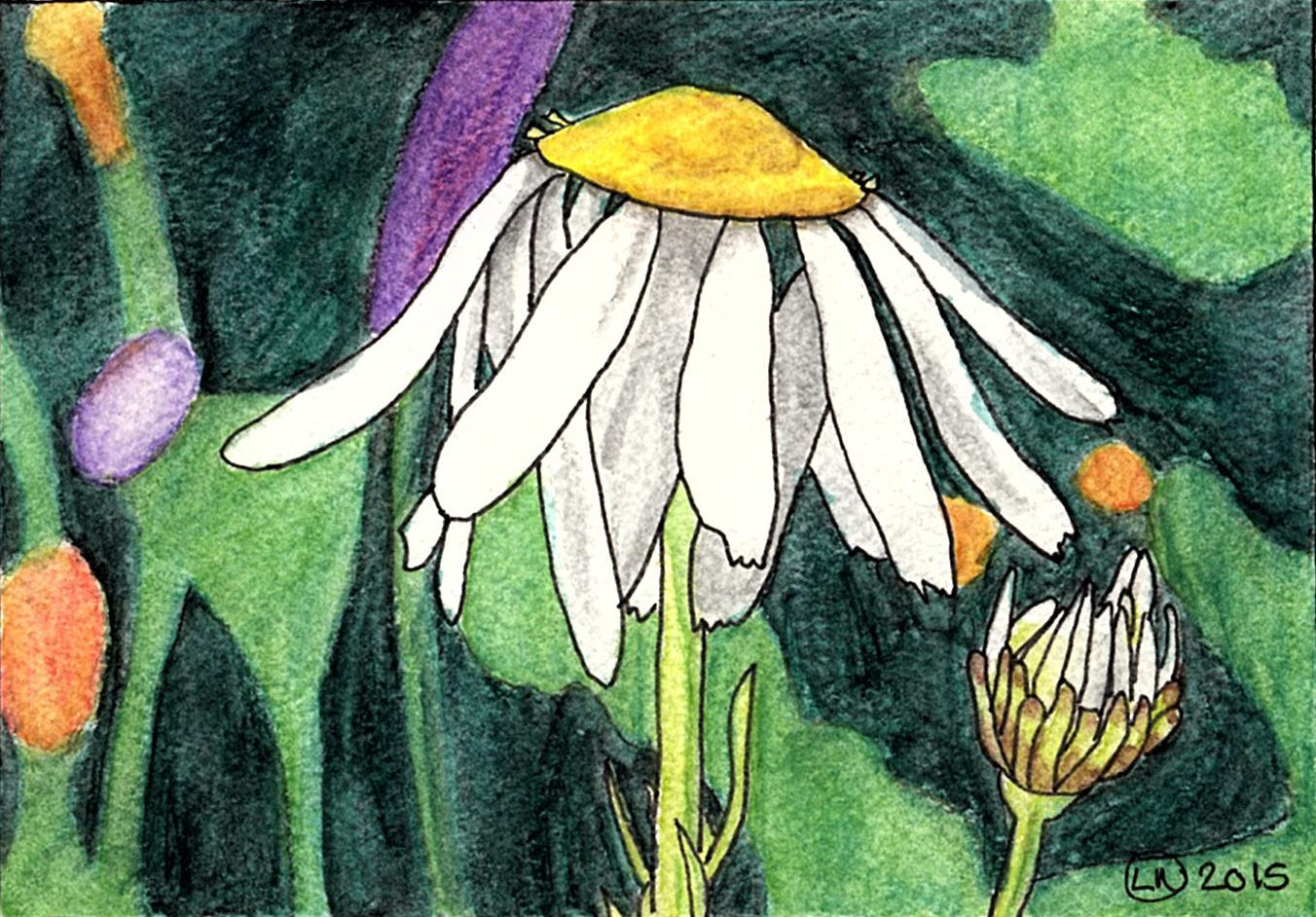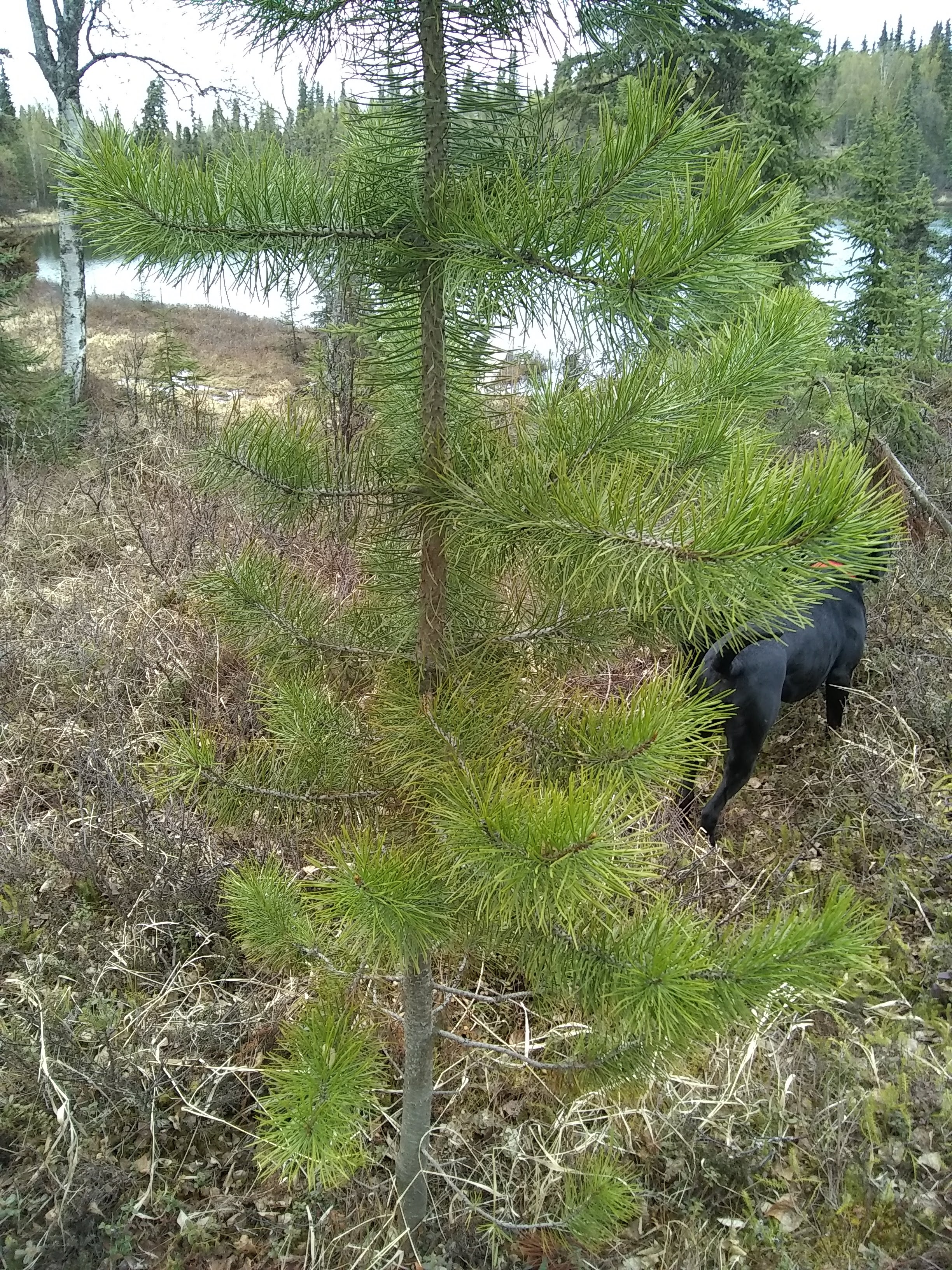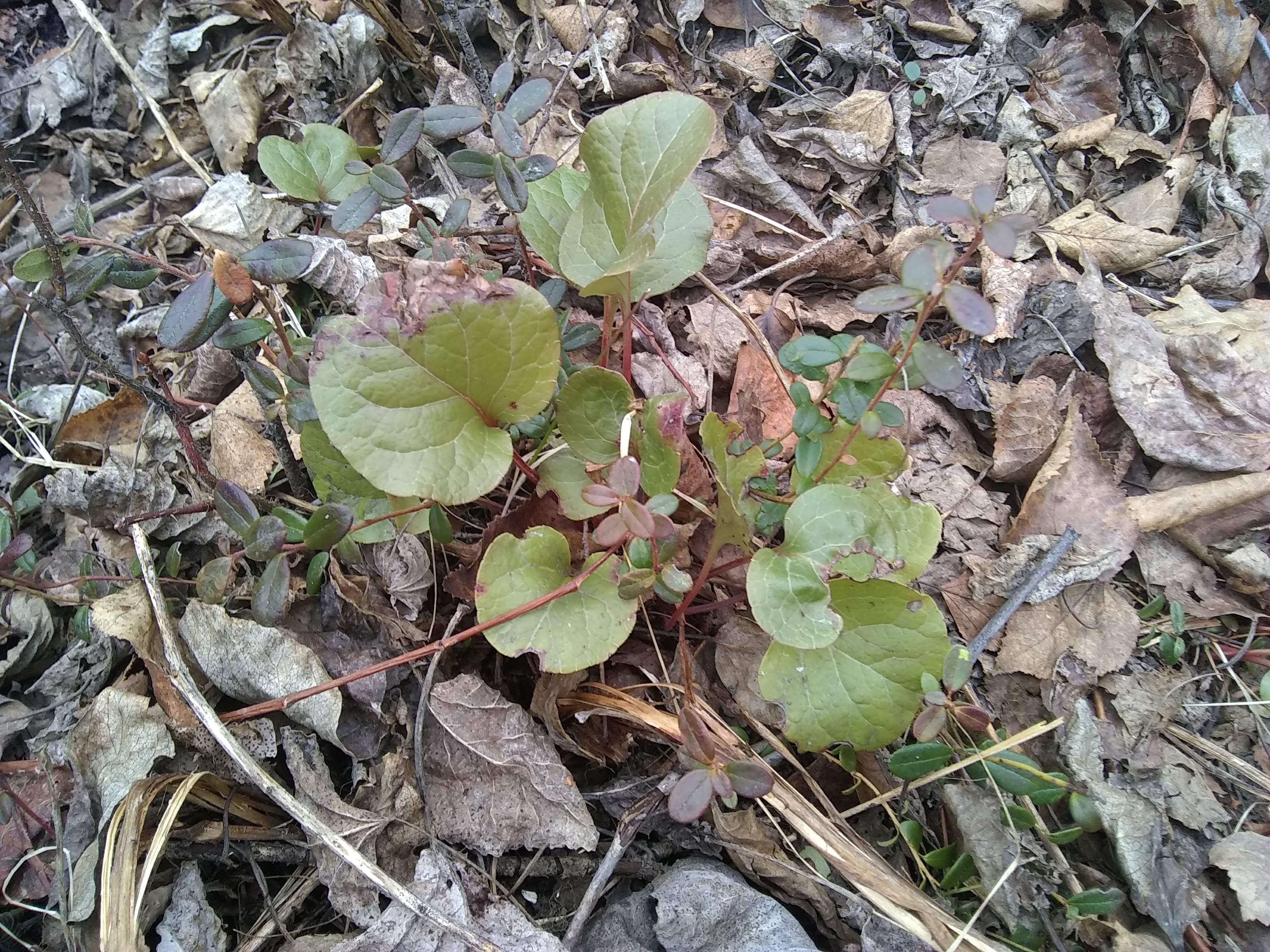Okay, so I am putting information out there, and you may be wondering what I mean when I say certain words. I have a page on commonly used words, including some of the ones I will go over today. Some of you may wonder HOW herbs work. Today we are going to go over that, as part of my goal is teaching you, the everyday person, why and how nutrition and herbs work. First I will state the dictionary definition, then I will go into a little bit more so that it’s more understandable. Let’s get started.
Alteratives: a drug used empirically to alter favorably the course of an ailment.
Wow, there’s a lot of fancy words in there. Simply put, alteratives do not target one specific area to heal nor do they heal quickly. Instead the effects take a longer period of time and help restore the regular functions of the body (homeostasis). Herbs that are alteratives usually work through blood purification and increase the body’s ability to eliminate toxins. Some Alaskan herbs that are alteratives are plantain and red clover.
Analgesic: an agent for producing insensibility to pain without loss of consciousness.
A non-herbal analgesic commonly known is ibuprophen, or Advil. This one is pretty straight forward. It basically makes the pain go away but you can still feel other things, unlike anesthetics which make you feel absolutely nothing (it numbs the senses in the area). Some Alaskan herbs that are analgesic are chamomile and valerian.
 |
Arctic Chamomile has many different types of uses such as analgesic, antispasmodic, diaphoretic, and nervine. |
Anthelmintics: expelling or destroying parasitic worms (as tapeworms) especially of the intestine. So an anthelmintic is a type of vermicide that will not harm you, only the worm. An example of an Alaskan herb that is an anthelmintic is wormwood.
Antibiotics: a substance produced by or a semisynthetic substance derived from a microorganism and able in dilute solution to inhibit or kill another microorganism.
Most people are familiar with antibiotics. They are great for killing bacteria, but not viruses, so the use of them for viral colds is useless. An Alaskan herbs that has antibiotic properties is bearberry.
Antiseptics: opposing sepsis, putrefaction, or decay; especially : preventing or arresting the growth of microorganisms (as on living tissue). Antiseptics can be used internally or externally (inside or outside the body). They prevent the growth of specific organisms that cause the flesh to die. Some Alaskan herbs that are antiseptic are lingonberries and willow.
Antispasmodics: capable of preventing or relieving spasms or convulsions. A spasm is when a muscle contracts very quickly and usually uncontrollably. Hiccups, for example, are a spasm of your diaphragm. Muscle cramps can also be categorized as a type of spasm. So antispasmodics either stop or prevent spasms or cramps from happening. Some Alaskan herbs that will help with that are chamomile, high-bush cranberry, and valerian.
Astringents: having the property of causing contraction of soft organic tissues. This means that the organic soft tissue, such as skin, will tighten. Astringents are great for skin because with the tightening and hardening of the skin, using astringents makes it more difficult for bacteria to cause infections. Most of the astringents have tannins in them. Some Alaskan herbs that are astringents are bulrush, sweet gale, and alder.
Carminatives: expelling gas from the stomach or intestines so as to relieve flatulence or abdominal pain or distension. So basically, if you are having stomach pains from gas, these are what you want to take. A common kitchen herb, fennel (I have not tried to grow it up here in Alaska, so I don’t know if I would call it an “Alaskan” herb, however it is accessible nonetheless), is the main ingredient in an over the counter “bea no” gas. Some Alaskan herbs that are carminatives are lovage and mint.
Cathartics: a medicine that causes the bowels to be purged. Some might be thinking of laxatives (see later down the list), however these are much more powerful. A Cathartic is not to be used for someone who has constant constipation. It is mostly used to expel the worm after using an anthelmintic to kill off the worm. An example of an Alaskan cathartic is rhubarb.
 |
Medicinally prepared, rhubarb will make you go poo. However, it is also great in PIE. |
Demulcents: tending to soothe or soften. This is particularly referring to the mucous membranes (think your nose and sinuses). Some can be mechanical (as in the plant itself does the soothing by coating) or medicinal (as in the plant causes a reaction in your body to soothe itself). Some Alaskan herbs that are demulcents are chickweed and coltsfoot.
Diaphoretics: having the power to increase sweating. This is pretty straight forward. Sometimes it is beneficial to increase sweating to “sweat out a fever”. Sweating is one of the ways that the body rids itself of waste, as well as to cool itself down. Some Alaskan herbs in this category are chamomile, mint, and yarrow.
Diuretics: tending to increase the excretion of urine. Most people are familiar with this one, as diuretics are common in treating kidney, prostate, and urinary tract problems. Some Alaskan herbs that are diuretics are bearberry, lady’s bedstraw (cleavers), stinging nettle, horsetail and yarrow.
 |
| The first stage of horsetail, which is a diuretic. |
Emetics: an agent that induces vomiting. These are something that should only be administered by a professional. For this reason, I will not list any here.
Emmenagogues: an agent that promotes the menstrual discharge. This just makes it so that the flow is not so clumpy, or helps it come along if it is late (as long as you’re not pregnant). An Alaskan herb in this category is high-bush cranberry and wormwood.
|
|
Laxatives: having a tendency to loosen or relax. This is specifically referring to the bowel. It is related to cathartics, but has a more gentle effect, making it a better treatment for someone with constipation. Some examples of Alaskan laxatives are the buckbean leaf, labrador tea, and violet flower tea.
Nervines/Sedatives: tending to soothe nervous excitement/tending to calm, moderate, or tranquilize nervousness or excitement. This is pretty straight forward as well. If you are extremely stressed, these are the herbs you want to look for. Some Alaskan nervines are chamomile, elder, and clover.
Stimulants: an agent (as a drug) that produces a temporary increase of the functional activity or efficiency of an organism or any of its parts. This refers to the getting the body to work at it’s normal rate, such as making you hungry if you’ve had a suppressed appetite, or getting your blood to flow more strongly (increase your pulse and circulation). An Alaskan example of this is poplar, mint, and lovage.
Stomachics: a stimulant or tonic for the stomach. Basically it gets the juices in your stomach going so you can digest food better. At this time I cannot find any that are specific to Alaska.
Whew! That was a lot to go through. I hope that this helps you how herbs can work within your body to help you heal. Until next time!





